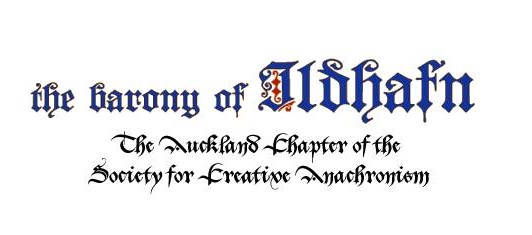Date:
16th century (exact date and authorship uncertain)
Description:
“Dindirin, Dindirin” is a charming and rhythmically lively Spanish or Catalan Renaissance song, often categorized as a villancico or canción. It is a dialogue or monologue of romantic yearning, with a playful refrain that imitates the sound of a bell or a lute: “dindirin, dindirin.” Its catchy refrain and bright mood have made it a popular piece in early music repertoires for voice and ensemble.
Discussion:
This piece is anonymous and survives in various manuscript sources, most notably in collections of Spanish Renaissance music. While its language and dialect can vary depending on the version (Castilian, Catalan, or even Occitan influence), it generally reflects courtly or rustic themes of love and longing. The refrain “dindirin” may imitate the strumming of a lute or the ringing of a bell, adding to the piece’s rhythmic and textural charm.
Composer:
Anonymous (16th century Iberian Peninsula)
Arranged by:
Traditional versions for solo voice or 2–3 voices
Modern arrangements exist for:
- Solo voice with lute/guitar
- SSA, SAB, or SATB choirs
- Recorder or viol consort
Sheet Music:
Available through CPDL, IMSLP, and early music anthologies (e.g., Spanish Renaissance Songs, Cancionero Musical de Palacio)
The arrangement we use is available here as a pdf, mus or musescore file
Parts:
- Solo voice with optional accompaniment
- SSA or SATB choir
- Instrumental ensemble (recorders, viols, harp, lute, guitar)
Type:
Villancico / Renaissance Song
Language:
Old Spanish or Catalan (depending on version)
Ranges:
(SSA version example)
- Soprano I: D4 – A5
- Soprano II: B3 – F5
- Alto: A3 – D5
Advice for beginners:
This is a great starting point for early music singers! The melody is catchy, harmonies are straightforward, and the refrain adds rhythmic energy. Focus on clear articulation of the language, lightness of tone, and playful delivery. Works beautifully a cappella or with plucked accompaniment (like lute or guitar). Perfect for school ensembles or early music workshops.
Sound Files:
Here are some sound files for reference. All parts, soprano, alto, tenor, bass
